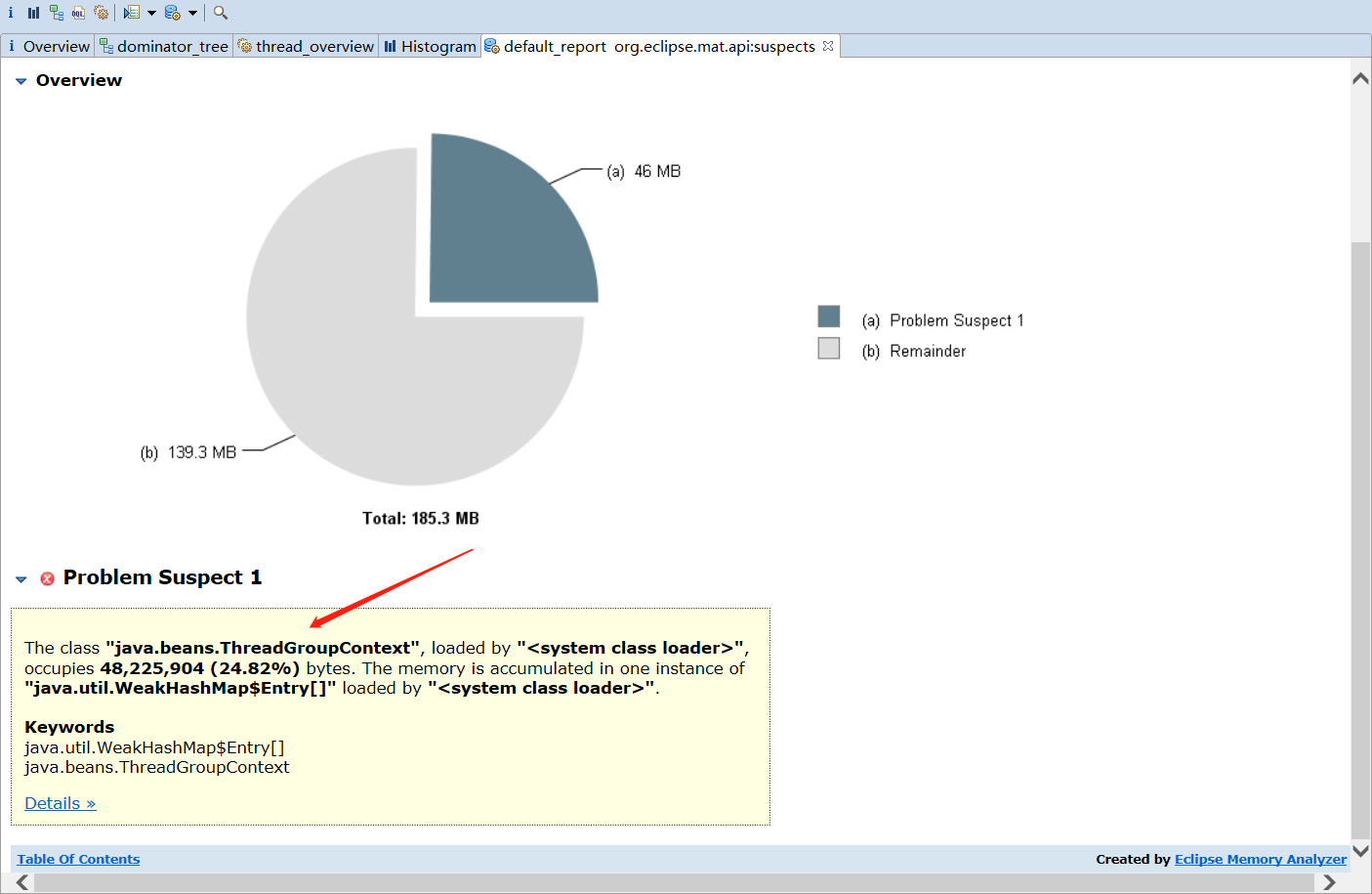1、Treat everything as an object and all operators as method calls.
2、Groovy automatically imports the packages groovy.lang.*, groovy.util.*,java.lang.*, java.util.*, java.net.*, and java.io.* as well as the classes java.math.BigInteger and BigDecimal.
3、Methods are public by default.
4、Scripts contain Groovy statements without an enclosing class declaration.
5、Groovy facilitates working with beans in three ways:
■ Generating the accessor methods.
■Allowing simplified access to all JavaBeans (including GroovyBeans).
■ Simplified registration of event handlers.
6、string literals can appear in single or double quotes. The doublequoted version allows the use of placeholders, which are automatically resolved as required.
Eg.
def nick = 'Gina'; def book = 'Groovy in Action'; assert "$nick is $book" == 'Gina is Groovy in Action';
7、List
eg.
def roman = ['','I','II','III','IV','V','VI','VII']; assert roman[4] == 'IV'; roman[18] = 'VIII'; assert roman.size() == 19; println roman[14]; //null
8、Map
eg.
def http = [100 : 'CONTINUE',200 : 'OK',400 : 'BAD REQUEST' ] assert http[200] == 'OK' http[500] = 'INTERNAL SERVER ERROR' assert http.size() == 4 http[404] = "NOT FOUND"; assert http.size() == 5
9、Ranges
eg.
def x = 1..10 assert x.contains(5) assert x.contains(15) == false assert x.size() == 10 assert x.from == 1 assert x.to == 10 assert x.reverse() == 10..1 assert (0..<10).contains(9) assert (0..<10).contains(10) == false
10、Closures
A closure is a piece of code wrapped up as an object. It acts like a method in that it can take parameters and it can return a value. It’s a normal object in that you can pass a reference to it around just as you can a reference to any other object.
eg.
def roman = ['','VII'];
roman[18] = 'VIII';
roman.each(){
num ->
println num;
}
roman.each{
num ->
println num;
}
def printer = { line -> println line };
Closure c = {str -> println "Closure: " + str};
roman.each(c);
roman.each(printer);
Book book1 = new Book();
book1.setId(1);
book1.setName("groovy in action");
Book book2 = new Book();
book2.setId(2);
book2.setName("advance javascript");
def books = [];
books.add(book1);
books.add(book2);
def i = 0;
def bookClosure = {
book ->
println ((++i) + ".《" + book.getName() + "》");
}
books.each(bookClosure);
def adder = { x,y -> return x+y };
assert adder(4,3) == 7;
11、In conditionals, null is treated like false; not-null is treated like true.
12、Groovy is dynamic
def un = 2; println un; un = new Date(); println un;
13、The default implementation of the equals operator doesn’t throw any NullPointerExceptions either. Remember that == (or equals) denotes object equality (equal values), not identity (same object instances).
14、Method
def doSth(i){ //defalut is public if(i){ return 2; }else{ return new Date(); } }// if nothing return then return last executive statement outcomes //or null.

